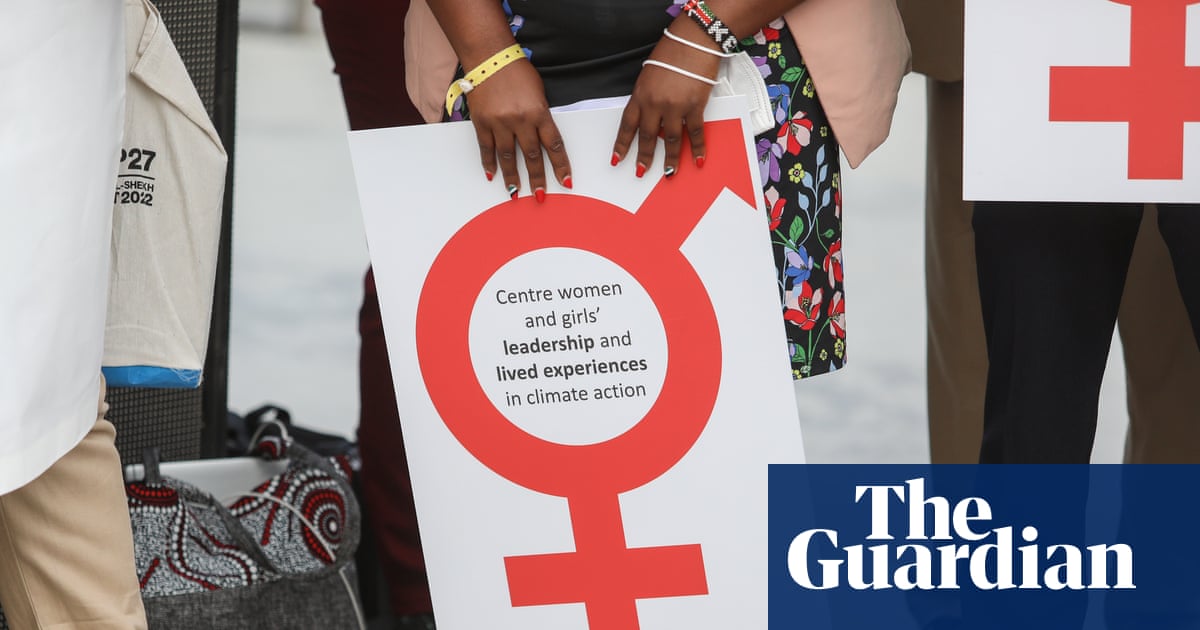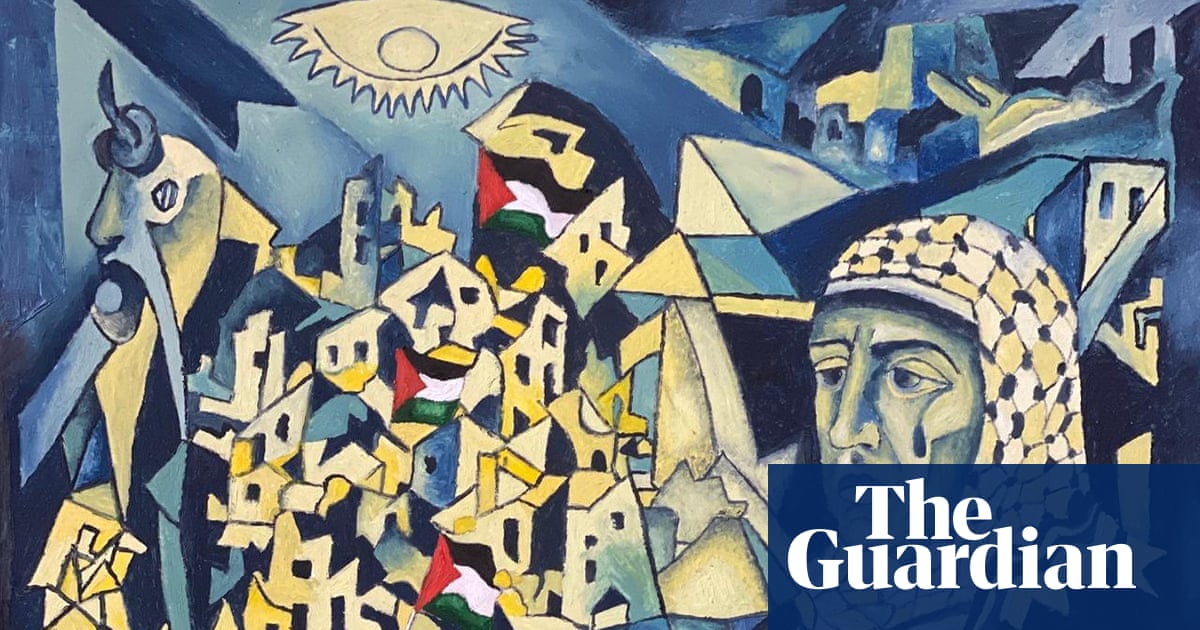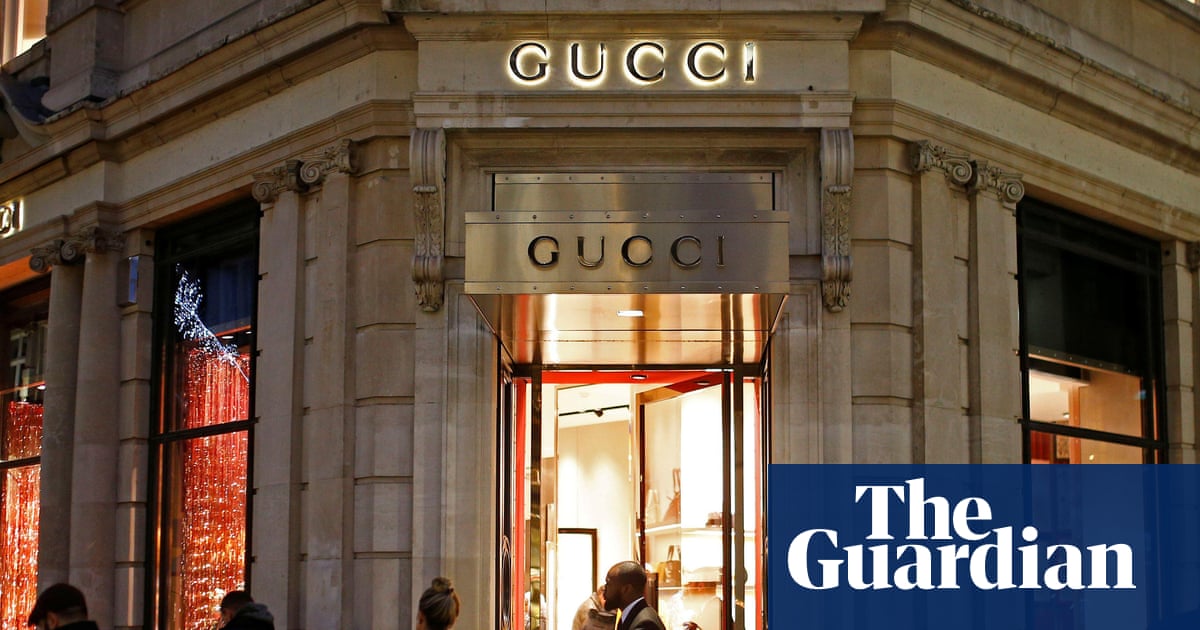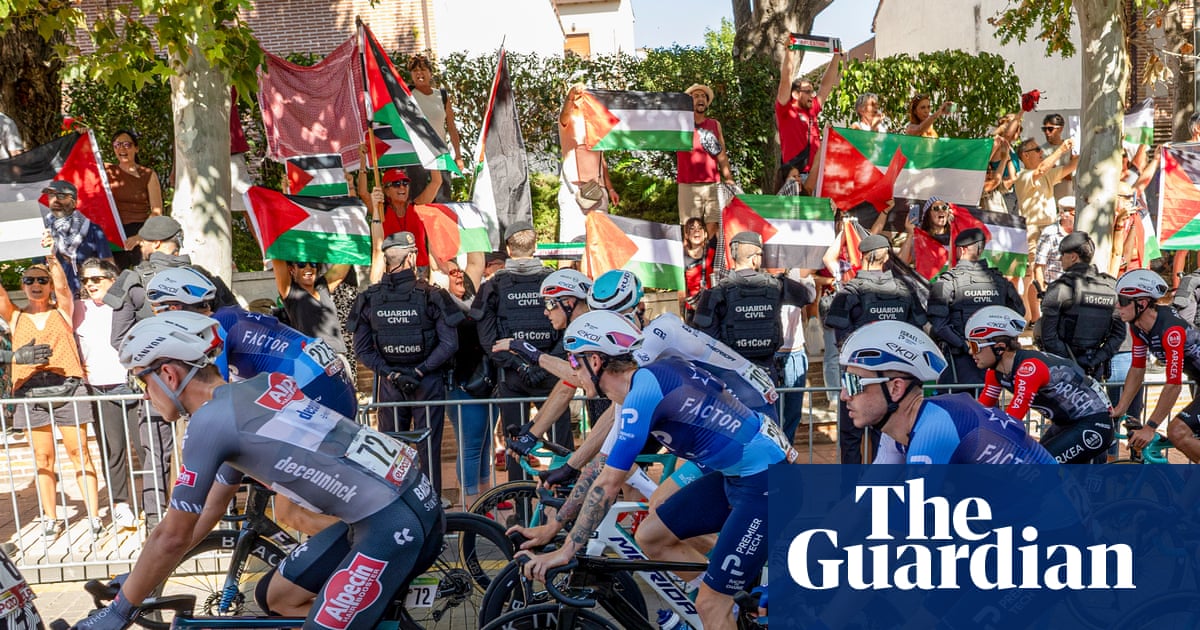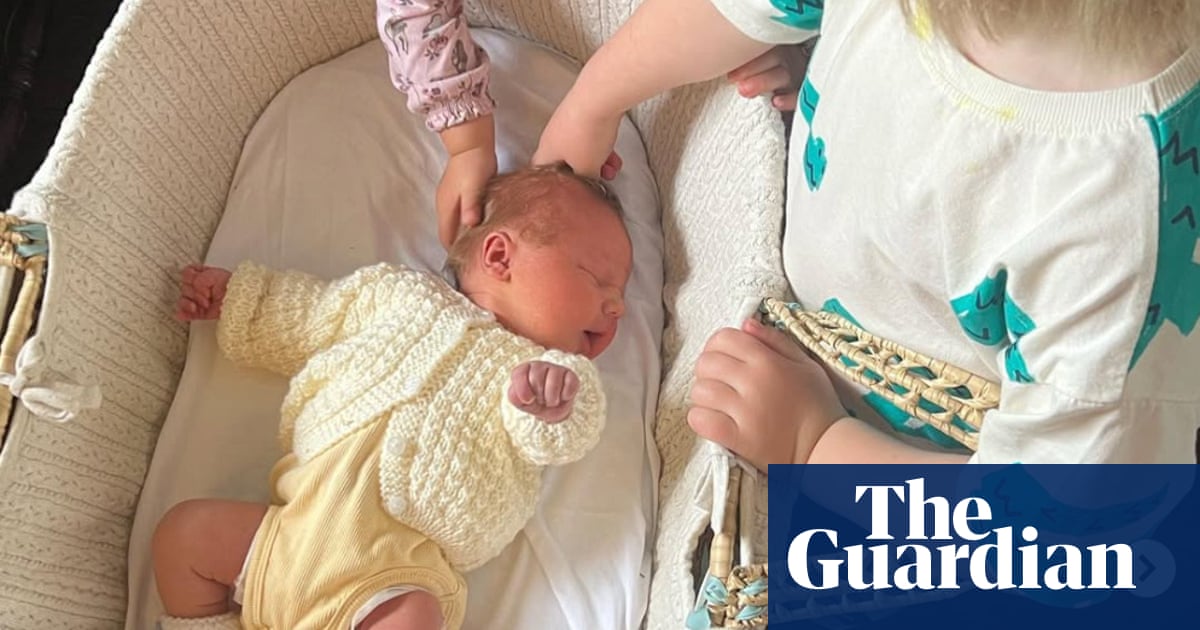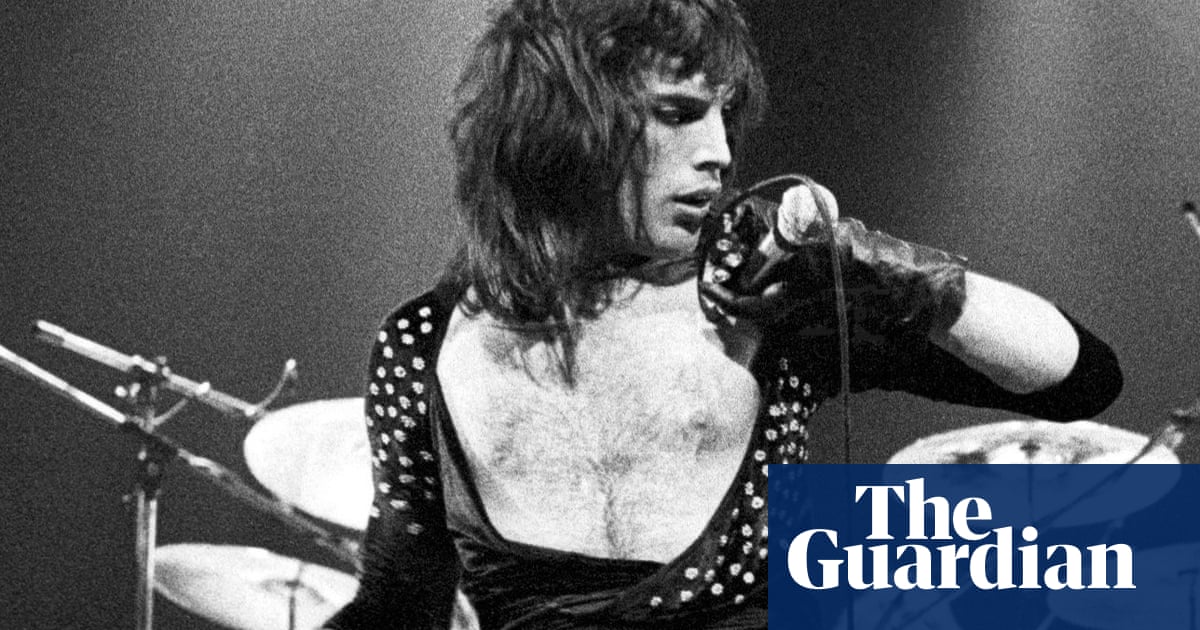Dior’s first catwalk show in Rome was a night of high drama on and off the catwalk that left the fashion industry with a cliffhanger ending. Borrowing the original working title of Federico Fellini’s film 8 ½, Maria Grazia Chiuri, designer of Dior since 2016, called it “The Beautiful Confusion.”
She was talking about Rome, with its heady jumble of art, culture, faith and mopeds, and about a collection in which haute couture pieces were mixed with theatrical costumes. But there was also an inescapable allusion to the question of her own future of Dior.
Even before the show opened, operatically coded with models in Venetian masks and knots of Eyes Wide Shut lace pageanting at nightfall through the central parterre of a villa packed with Roman antiquities, the evening was ablaze with intrigue. Chiuri was born and began her career in Rome, and the deeply personal nature of the show, which was a passionate love letter to her home city, fuelled longstanding rumours that this was orchestrated as a swansong.
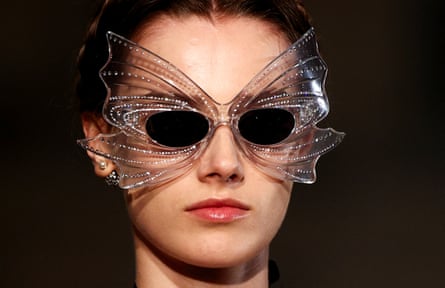
Chiuri has tripled sales at Dior during her nine-year tenure, but the Northern Irish designer Jonathan Anderson, recently appointed to lead menswear design at the house, is seen as waiting in the wings to assume complete creative control of the house. The plot thickened when it emerged that this cruise collection would also include looks from the autumn haute couture collection, which would normally be under wraps until July, putting a question mark over Dior’s plans for the next Paris season.
Like a Fellini film, there was no neat ending. The evening finished without official news, and with Dior’s next chapter unwritten. But if it was a farewell, it was a fond and fabulous one for a designer whose progressive vision of fashion’s power to platform feminism, female artists and the under-celebrated history of female creativity has been a gamechanger for her industry.

Guests had been issued with a dress code – white for women, black for men – taken from a white ball thrown in 1930 by the Roman patron Mimì Pecci-Blunt – “an extraordinary woman who loved the arts”, Chiuri said before the show. The effect was to synthesise the front row with a collection that was 90% white, drawing the audience into the story.
Each outfit brought the drama: a tailcoat suit with tiny ivory silk buttons; silvered latticework fit for a Renaissance princess, translucent classical gowns that looked like marble goddesses come to life; liturgical pomp in capes and collars tipping a hat to the Vatican in its jubilee year. The 450-strong guest list was heavily tilted toward Chiuri’s friends and family, and luminaries of the Roman fashion and art world.
after newsletter promotion
“My last show in Rome was for another brand, and it was over 10 years ago, so this is a big emotional moment for me,” Chiuri said before the show. The storytelling on the catwalk had close links to a personal project that Chiuri and her daughter Rachele Regini have masterminded and financed independent of Dior. The pair have renovated Teatro della Cometa, a 233-seat experimental theatre that was founded by Mimì Pecci-Blunt and became a cultural hotspot in the city when it opened in 1958, but closed just eleven years later after a fire.
Drama aside, however, there are more prosaic possible explanations for Dior staging a show in Rome. Christian Dior himself loved the country, declaring in a letter home from holiday in Capri in 1957 that “this is paradise!” More pragmatically, Italy has been the chosen destination for several luxury houses this year, with Gucci and Chanel staging shows in Lake Como and Florence respectively. In a challenging economic environment, the timeless elegance of Italy is seen as a reliably desirable backdrop for fashion.

 3 months ago
76
3 months ago
76








